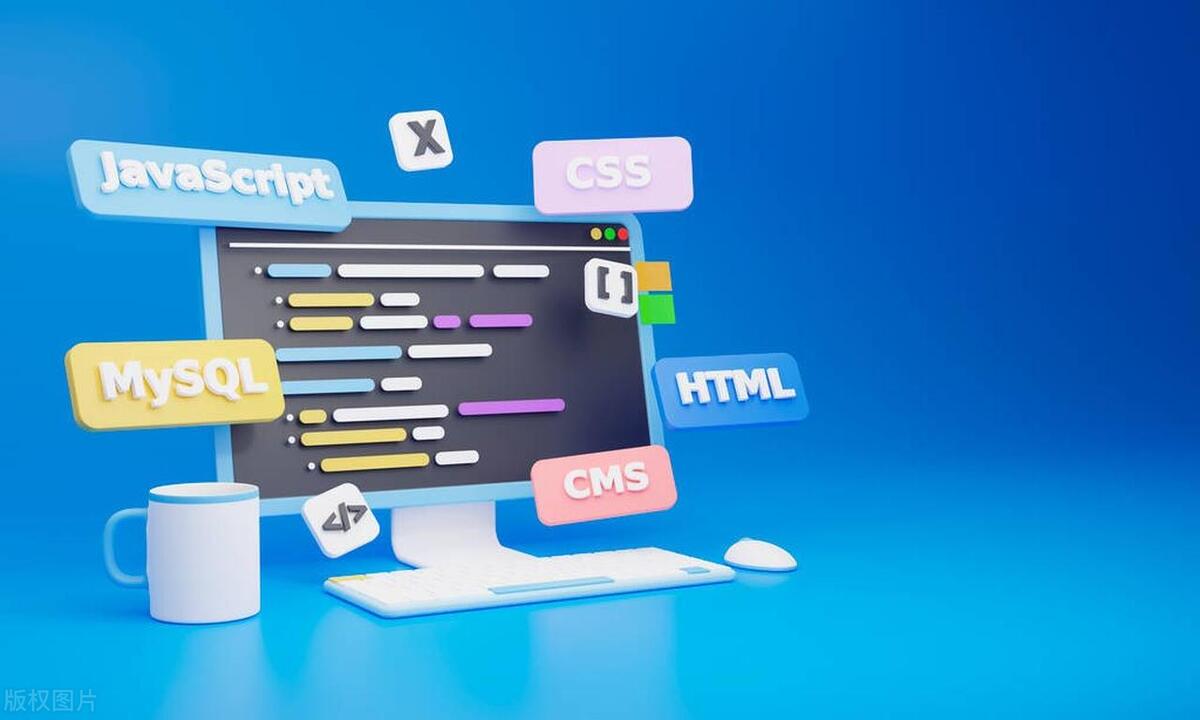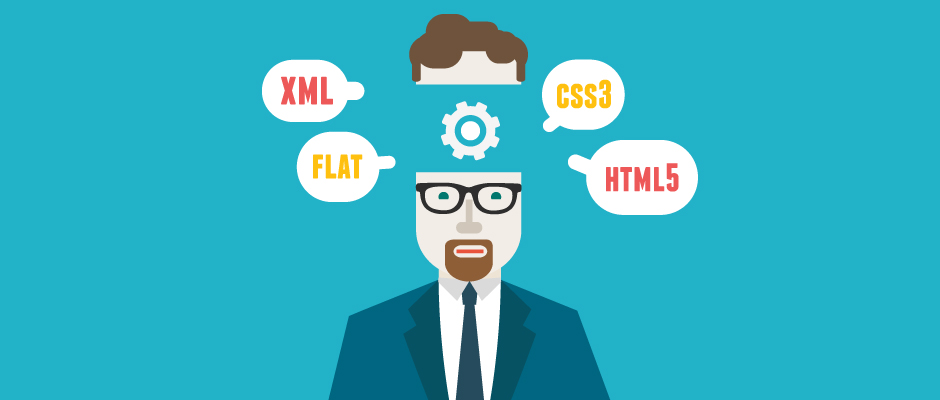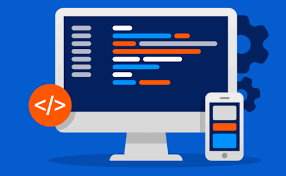How do you handle side effects using the useEffect hook in React?
Jul 13, 2025 am 01:11 AMUsing useEffect in React to deal with side effects requires explicit dependency on arrays, cleaning logic and asynchronous operation methods. useEffect is used to handle side effects such as data acquisition and DOM update in function components. The core is to control execution timing by relying on arrays, and re-run the effect if the dependency changes; the cleanup function must be returned to avoid memory leaks, such as clearing the timer or unsubscribe; when handling asynchronous operations, the async function should be defined within the effect and the request life cycle is properly managed; common errors include omission of dependencies, incorrect cleaning and excessive use effects. Following these key points can effectively manage side effects.

Handling side effects in React with the useEffect hook is straightforward once you understand how it works. The key idea is that useEffect lets you perform side effects—like data fetching, subscriptions, or DOM manipulations—in functional components.

Here's how to use it effectively and avoid common pitfalls.

What Exactly Is a Side Effect in React?
In React, a side effect happens whenever your component interacts with something outside its scope—like:
- Fetching data from an API
- Setting up event listeners or subscriptions
- Updating the DOM manually
- Managing times or intervals
These actions can't always happen during rendering—they need to be handled after the render is committed to the screen. That's where useEffect comes in.

How to Use useEffect Properly
The basic structure of useEffect looks like this:
useEffect(() => {
// Your side effect logic here
return () => {
// Optional cleanup function
};
}, [dependencies]);Let's break down each part:
- Effect function : This runs after every render by default unless you specify dependencies.
- Cleanup function : If your effect sets up something that needs to be cleaned up (like a subscription or timer), return a function to do that.
- Dependency array : Controls when the effect should re-run. If you pass an empty array (
[]), it only runs once (on mount and unmount).
Common Mistakes:
- Forgetting to add dependencies leads to stale values.
- Not cleaning up properly causes memory leaks.
- Overusing effects for things that don't need them (like deriving state).
When and Why You Need the Dependency Array
The dependency array tells React when your effect should run again. It's cruel to include all variables or props used inside the effect.
For example:
useEffect(() => {
fetchUserData(userId);
}, [userId]); This ensures that if userId changes, the effect re-runs and fetches the correct user data.
If you're not careful, React will warn you in development mode about missing dependencies.
Tips:
- If you find yourself adding many dependencies, maybe your effect is doing too much. Consider splitting it into smaller ones.
- Use
useCallbackoruseMemoif you're passing functions or objects as dependencies to avoid unnecessary re-renders.
Handling Async Operations Inside useEffect
You can't make the effect callback itself async , because React expects either a function or nothing as the return value. So instead, define an async function inside the effect:
useEffect(() => {
const fetchData = async () => {
const result = await fetchSomeData();
setData(result);
};
fetchData();
}, []);Also, remember to clean up any ongoing requests if the component unmounts before they finish. Axios has a built-in way to cancel requests, or you can use a flag:
useEffect(() => {
let isMounted = true;
fetchSomeData().then(data => {
if (isMounted) setData(data);
});
return () => { isMounted = false; };
}, []);Cleanup Is Just as Important
If your effect starts a process that continues beyond the current render—like a timer or a subscription—you must return a cleanup function.
Example with a timer:
useEffect(() => {
const id = setInterval(() => {
console.log('Tick');
}, 1000);
return () => clearInterval(id);
}, []);Without cleanup, the interval would keep running even after the component unmounts, which is a bug waiting to happen.
Use useEffect smartly, respect dependencies, and always think about cleanup. Do that, and side effects won't trip you up anymore.
The above is the detailed content of How do you handle side effects using the useEffect hook in React?. For more information, please follow other related articles on the PHP Chinese website!

Hot AI Tools

Undress AI Tool
Undress images for free

Undresser.AI Undress
AI-powered app for creating realistic nude photos

AI Clothes Remover
Online AI tool for removing clothes from photos.

Clothoff.io
AI clothes remover

Video Face Swap
Swap faces in any video effortlessly with our completely free AI face swap tool!

Hot Article

Hot Tools

Notepad++7.3.1
Easy-to-use and free code editor

SublimeText3 Chinese version
Chinese version, very easy to use

Zend Studio 13.0.1
Powerful PHP integrated development environment

Dreamweaver CS6
Visual web development tools

SublimeText3 Mac version
God-level code editing software (SublimeText3)

Hot Topics
 How can CSS be used to implement dark mode theming on a website?
Jun 19, 2025 am 12:51 AM
How can CSS be used to implement dark mode theming on a website?
Jun 19, 2025 am 12:51 AM
ToimplementdarkmodeinCSSeffectively,useCSSvariablesforthemecolors,detectsystempreferenceswithprefers-color-scheme,addamanualtogglebutton,andhandleimagesandbackgroundsthoughtfully.1.DefineCSSvariablesforlightanddarkthemestomanagecolorsefficiently.2.Us
 Can you explain the difference between em, rem, px, and viewport units (vh, vw)?
Jun 19, 2025 am 12:51 AM
Can you explain the difference between em, rem, px, and viewport units (vh, vw)?
Jun 19, 2025 am 12:51 AM
The topic differencebetweenem, Rem, PX, andViewportunits (VH, VW) LiesintheirreFerencepoint: PXISFixedandbasedonpixelvalues, emissrelative EtothefontsizeFheelementoritsparent, Remisrelelatotherootfontsize, AndVH/VwarebaseDontheviewporttimensions.1.PXoffersprecis
 What are the key differences between inline, block, inline-block, and flex display values?
Jun 20, 2025 am 01:01 AM
What are the key differences between inline, block, inline-block, and flex display values?
Jun 20, 2025 am 01:01 AM
Choosing the correct display value in CSS is crucial because it controls the behavior of elements in the layout. 1.inline: Make elements flow like text, without occupying a single line, and cannot directly set width and height, suitable for elements in text, such as; 2.block: Make elements exclusively occupy one line and occupy all width, can set width and height and inner and outer margins, suitable for structured elements, such as; 3.inline-block: has both block characteristics and inline layout, can set size but still display in the same line, suitable for horizontal layouts that require consistent spacing; 4.flex: Modern layout mode, suitable for containers, easy to achieve alignment and distribution through justify-content, align-items and other attributes, yes
 What are CSS Houdini APIs, and how do they allow developers to extend CSS itself?
Jun 19, 2025 am 12:52 AM
What are CSS Houdini APIs, and how do they allow developers to extend CSS itself?
Jun 19, 2025 am 12:52 AM
CSSHoudini is a set of APIs that allow developers to directly manipulate and extend the browser's style processing flow through JavaScript. 1. PaintWorklet controls element drawing; 2. LayoutWorklet custom layout logic; 3. AnimationWorklet implements high-performance animation; 4. Parser&TypedOM efficiently operates CSS properties; 5. Properties&ValuesAPI registers custom properties; 6. FontMetricsAPI obtains font information. It allows developers to expand CSS in unprecedented ways, achieve effects such as wave backgrounds, and have good performance and flexibility
 What is the significance of Vue's reactivity transform (experimental, then removed) and its goals?
Jun 20, 2025 am 01:01 AM
What is the significance of Vue's reactivity transform (experimental, then removed) and its goals?
Jun 20, 2025 am 01:01 AM
ReactivitytransforminVue3aimedtosimplifyhandlingreactivedatabyautomaticallytrackingandmanagingreactivitywithoutrequiringmanualref()or.valueusage.Itsoughttoreduceboilerplateandimprovecodereadabilitybytreatingvariableslikeletandconstasautomaticallyreac
 How can CSS gradients (linear-gradient, radial-gradient) be used to create rich backgrounds?
Jun 21, 2025 am 01:05 AM
How can CSS gradients (linear-gradient, radial-gradient) be used to create rich backgrounds?
Jun 21, 2025 am 01:05 AM
CSSgradientsenhancebackgroundswithdepthandvisualappeal.1.Startwithlineargradientsforsmoothcolortransitionsalongaline,specifyingdirectionandcolorstops.2.Useradialgradientsforcirculareffects,adjustingshapeandcenterposition.3.Layermultiplegradientstocre
 What are the challenges and solutions for maintaining CSS in large-scale applications?
Jun 14, 2025 am 12:15 AM
What are the challenges and solutions for maintaining CSS in large-scale applications?
Jun 14, 2025 am 12:15 AM
The key to maintaining CSS for large applications is organizational structure, naming specifications, and tool assistance. First, adopt component management, split styles and implement local scopes to avoid conflicts; second, unify naming specifications such as BEM, SMACSS or namespace prefixes to improve maintainability; third, use PostCSS, stylelint and other tools to achieve automated processing and code quality control. Although these methods are not complicated, they require teamwork and continuous maintenance to be effectively implemented.
 How can CSS be used to create print-specific stylesheets?
Jun 14, 2025 am 12:16 AM
How can CSS be used to create print-specific stylesheets?
Jun 14, 2025 am 12:16 AM
Creating print-specific stylesheets using CSS ensures that web pages are effective on the screen and when printing. First, use the @mediaprint rule to define styles that only take effect when printing, such as hiding the navigation bar, footer and sidebar; second, you can link a separate print style sheet print.css to keep style maintenance clearer; finally optimize readability and simplicity, such as removing background colors, using serif fonts, displaying link URLs, and adjusting the layout to adapt to paper characteristics.






